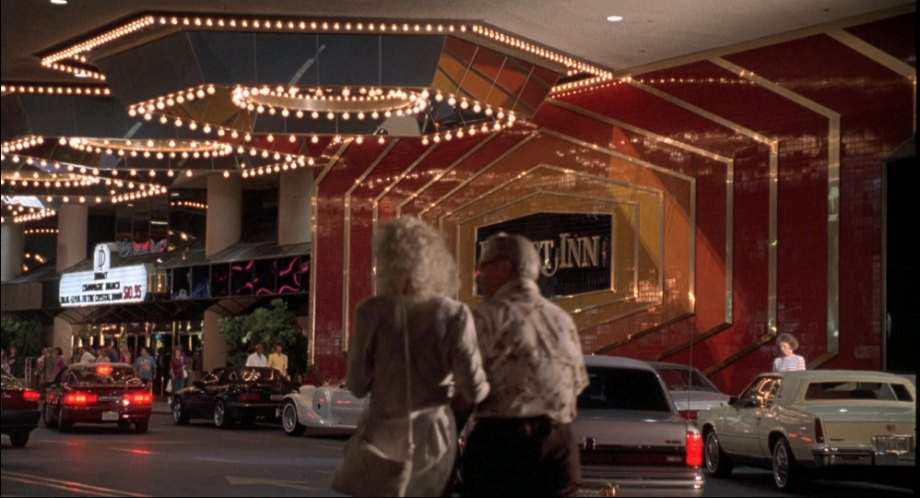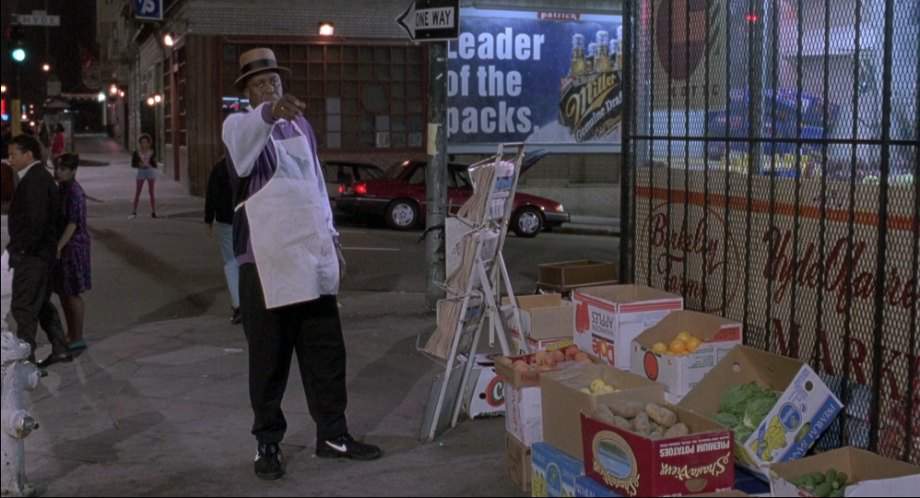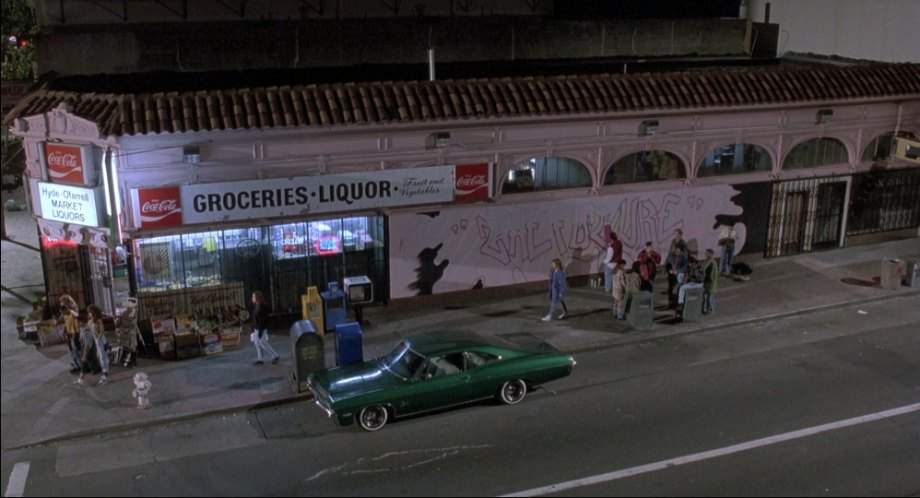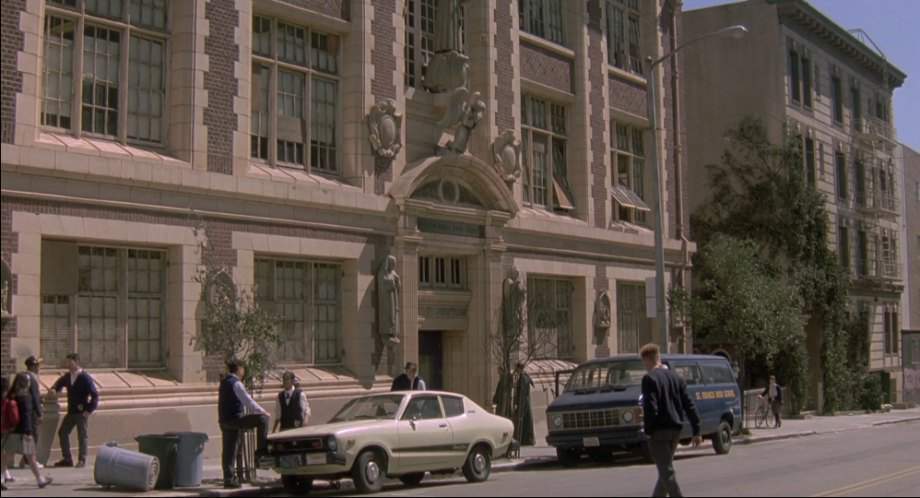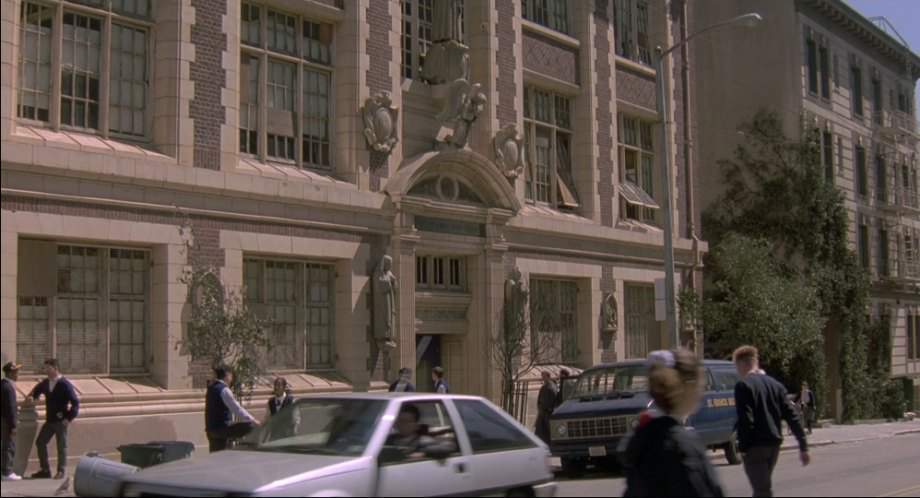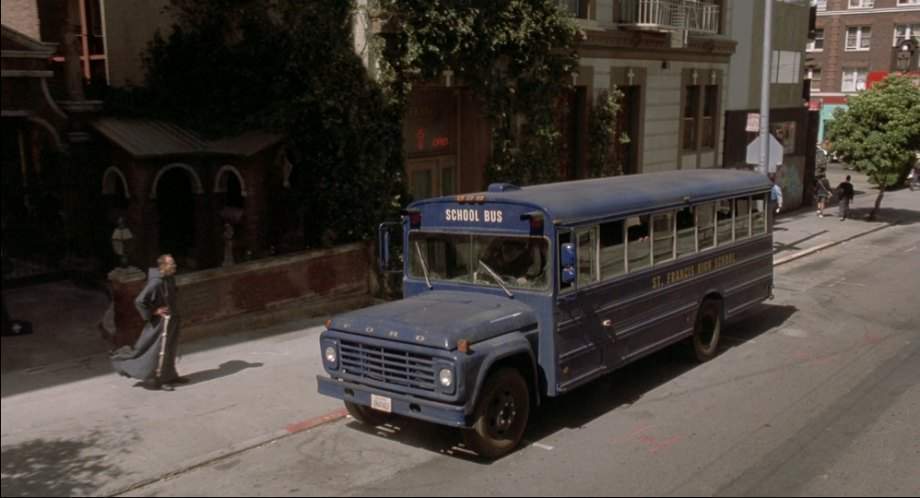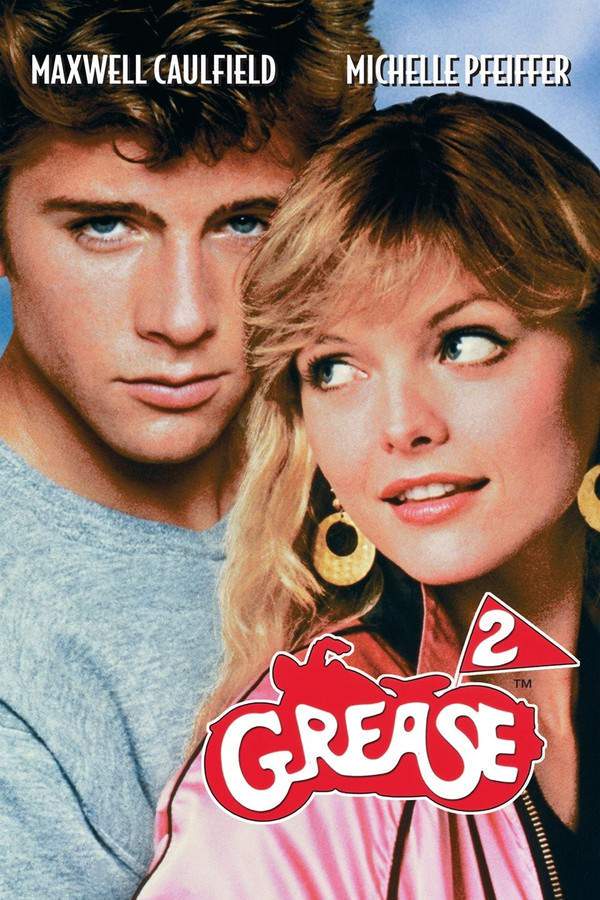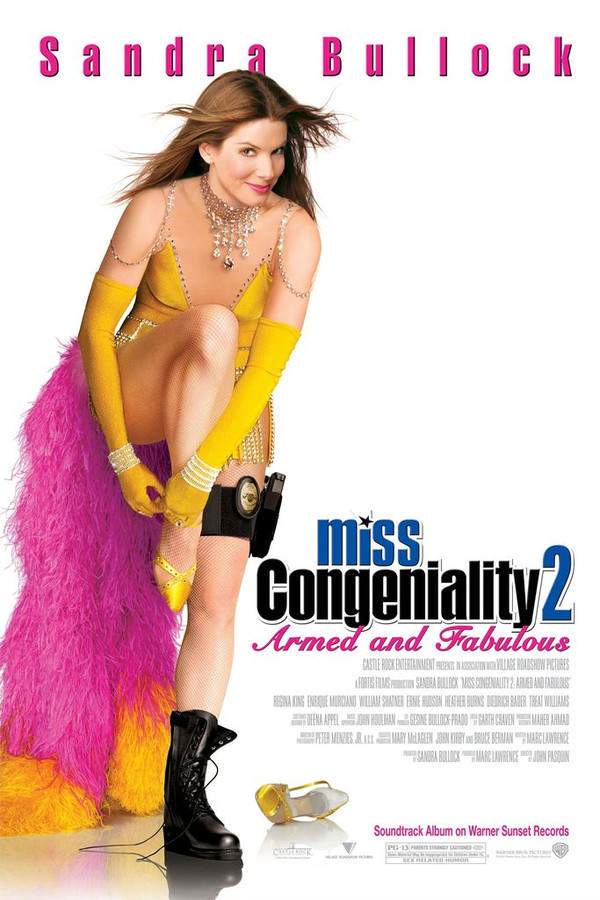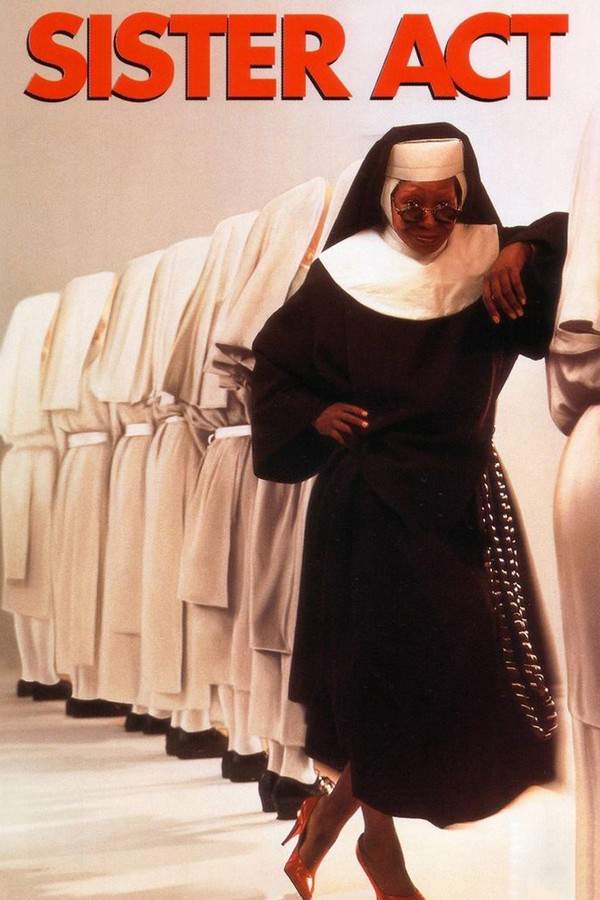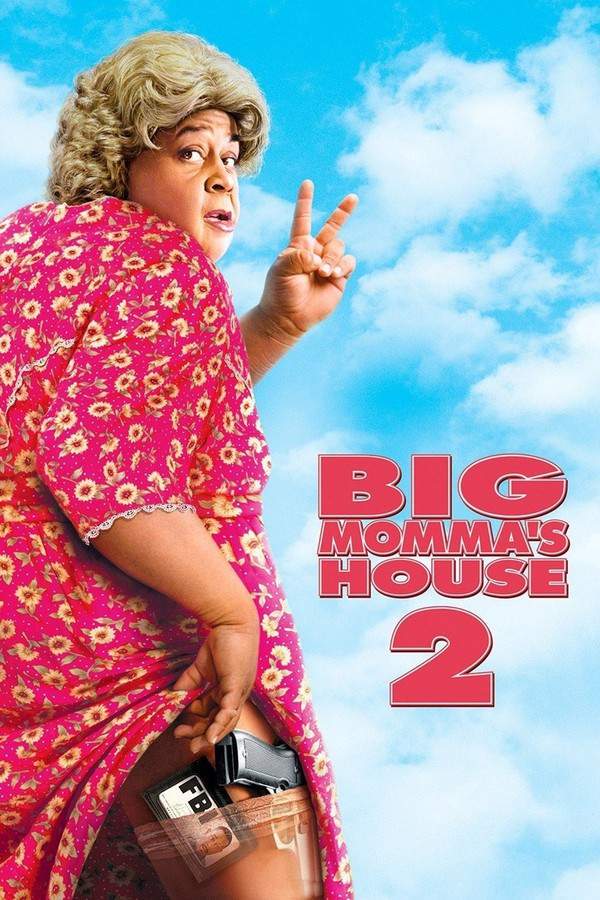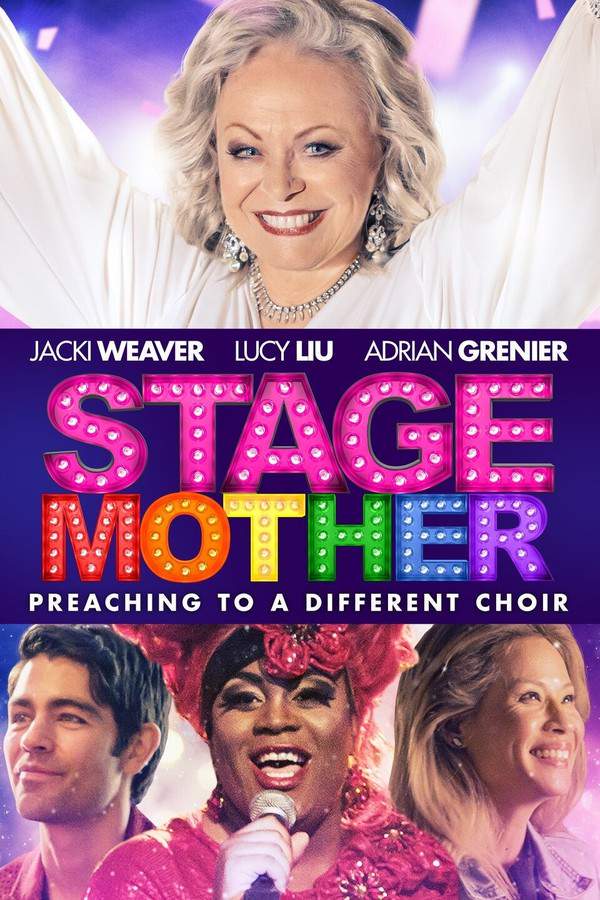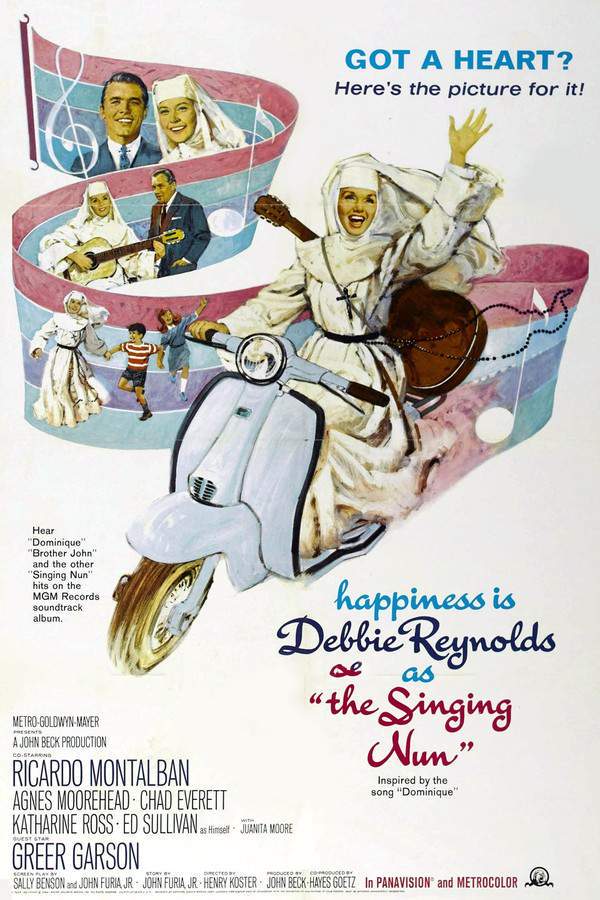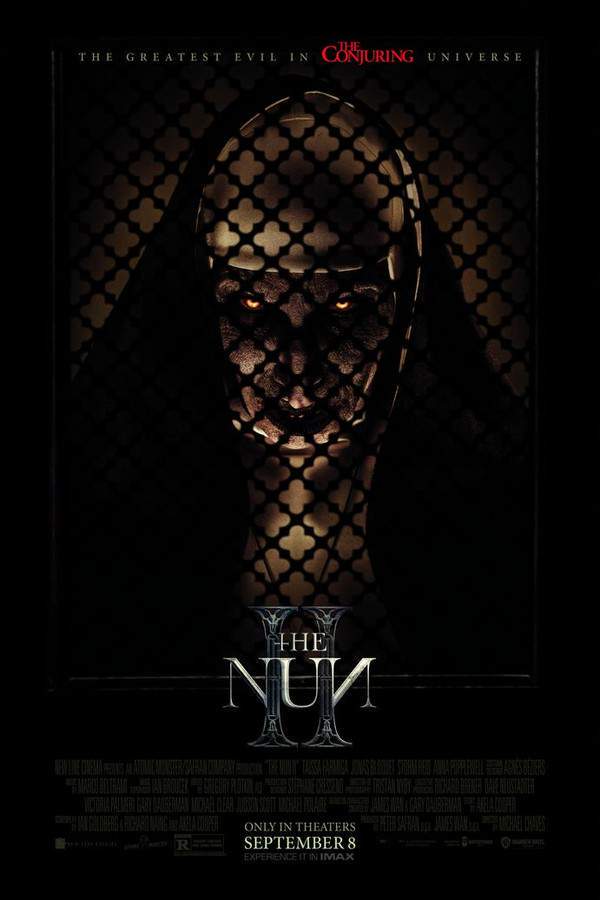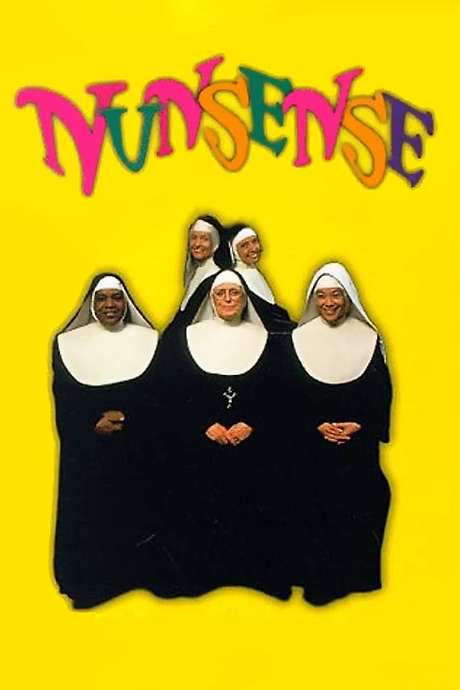Sister Act 2: Back in the Habit 1993
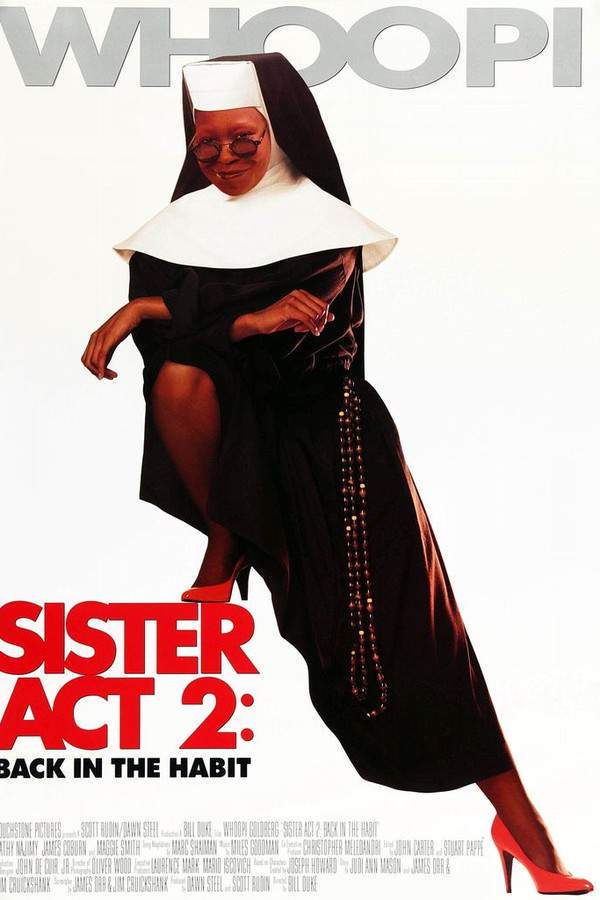
Deloris Van Cartier, once again posing as Sister Mary Clarence, returns to her former life to help a failing school facing closure. This time, she’s tasked with inspiring a group of disaffected teenagers and transforming them into a choir. With the assistance of her former friends from the first film, she confronts a strict and unsympathetic administrator in an effort to save the school and bring music and hope back into the lives of the students.
Does Sister Act 2: Back in the Habit have end credit scenes?
No!
Sister Act 2: Back in the Habit does not have end credit scenes. You can leave when the credits roll.
Meet the Full Cast and Actors of Sister Act 2: Back in the Habit
Explore the complete cast of Sister Act 2: Back in the Habit, including both lead and supporting actors. Learn who plays each character, discover their past roles and achievements, and find out what makes this ensemble cast stand out in the world of film and television.
External Links and Streaming Options
Discover where to watch Sister Act 2: Back in the Habit online, including streaming platforms, rental options, and official sources. Compare reviews, ratings, and in-depth movie information across sites like IMDb, TMDb, Wikipedia or Rotten Tomatoes.
Ratings and Reviews for Sister Act 2: Back in the Habit
See how Sister Act 2: Back in the Habit is rated across major platforms like IMDb, Metacritic, and TMDb. Compare audience scores and critic reviews to understand where Sister Act 2: Back in the Habit stands among top-rated movies in its genre.

38
Metascore
5.6
User Score


%
TOMATOMETER

0%
User Score

64
%
User Score
Take the Ultimate Sister Act 2: Back in the Habit Movie Quiz
Challenge your knowledge of Sister Act 2: Back in the Habit with this fun and interactive movie quiz. Test yourself on key plot points, iconic characters, hidden details, and memorable moments to see how well you really know the film.
Sister Act 2 Quiz: Test your knowledge on the musical comedy 'Sister Act 2: Back in the Habit' and its vibrant characters and storylines.
What role does Deloris Van Cartier take on when she returns to St. Francis High School?
math teacher
music teacher
principal
librarian
Show hint
Full Plot Summary and Ending Explained for Sister Act 2: Back in the Habit
Read the complete plot summary of Sister Act 2: Back in the Habit, including all major events, twists, and the full ending explained in detail. Explore key characters, themes, hidden meanings, and everything you need to understand the story from beginning to end.
As Deloris Van Cartier, a former convent fugitive now turned Las Vegas headliner, reunites with her beloved sisterly companions—Sisters May Robert, Mary Patrick, and Mary Lazarus—at St. Francis High School in San Francisco, she finds herself enveloped in a whirlpool of nostalgia. The Sisters reveal that they have tirelessly dedicated themselves to the very same high school Deloris once called home. With sparkling eyes full of enthusiasm, they persuade her to return and leverage her talents to give the school a much-needed boost. Initially reluctant to step back into the role of Sister Mary Clarence, Deloris ultimately agrees to help revive the institution.
Upon her arrival, the Reverend Mother makes a gesture of goodwill by inviting Deloris to embrace her previous identity and take on the music teacher position at the underperforming school. As she confronts her doubts, Deloris finds herself swayed by the Sisters’ heartfelt encouragement. However, her initiation into teaching is met with a blend of skepticism and disinterest from students, who are more concerned with sailing through her class than actually engaging with the material.
Unwilling to permit her students to simply coast, Deloris exerts herself with the authority of a drill sergeant, demanding responsibility and discipline. One particularly defiant student, Rita Watson, initially threatens to abandon the struggle, but her classmates remain steadfast, motivated by a newfound desire for academic achievement. As Deloris delves into their hidden talents, she realizes they are not just ordinary students; they possess remarkable singing abilities.
Encouraged by Mary Robert, Rita’s exceptional vocal skills surface, prompting Deloris to guide her back to the spotlight. Using the right motivation—like excerpts from Letters to a Young Poet to inspire her—Rita returns, and the group begins to develop a strong bond. They collaborate to transform the neglected music room from a forgotten space into a vibrant center for creativity.
Their dedication pays off when they deliver a powerful performance of “Oh Happy Day” at an assembly, earning enthusiastic applause from their peers. During this process, Mary Robert, Mary Patrick, and Mary Lazarus uncover ancient trophies that hint at the school’s illustrious musical past. This discovery sparks a shared hope that rekindling this dormant talent might be crucial for the school’s salvation—an idea that even the initially doubtful Father Maurice begins to embrace.
Determined to raise necessary funds and secure parental consent for participation, the Sisters organize a spectacular fundraising event that leaves everyone in awe. Thanks to their combined efforts, they manage to collect the needed funds, setting the stage for a glorious return to competitive choir performances.
When Rita’s mother, Florence, learns of her daughter’s dedication to the choir, she reacts with hostility, urging Rita to abandon her dreams, haunted by her late husband’s failed singing career. Caught in a tug-of-war between familial loyalty and personal ambition, Rita hesitantly complies, but on the eve of the significant competition, she bypasses her mother’s wishes by forging her signature, eager to secure her opportunity.
Simultaneously, Mr. Crisp, who has uncovered Deloris’ secret, schemes to sabotage the choir’s efforts, enlisting the Brothers to disrupt their preparations. As competition day unfolds, anxiety washes over the students, who feel dwarfed by larger, more established choirs. Their confidence wavers, prompting questions about their commitment. Yet, Deloris delivers a galvanizing speech, reminding them of the importance of not letting fear dominate their lives; this rekindles their determination to push ahead.
The budding conflict reaches its peak as the Brothers arrive, leading to a tense confrontation between Mr. Crisp and Brother Maurice. Ultimately, Brother Maurice allows the choir to perform after witnessing their passion. Just when nerves threaten to overwhelm the students, Florence’s presence in the audience adds further pressure to Rita’s performance.
However, despite her brief uncertainties, Rita delivers a stunning solo that leads into an exhilarating rendition of “Joyful, Joyful,” blending urban contemporary gospel with hip-hop flair. Their victory resonates powerfully, securing the archdiocese’s decision to preserve the school’s future.
As Mr. Crisp finally confronts the choir, the Reverend Mother skillfully counters his attempts to expose Deloris’ true identity by portraying it as Deloris’ own initiative. Agreeing to keep Mr. Crisp on despite his frustration, the archdiocesan officials ensure the choir’s continued success.
In the aftermath of their victory, the students eagerly press Deloris for the truth behind the whispers about her having once been a Las Vegas showgirl. With a trademark frankness, she clears the air, distinguishing herself as a celebrated performer rather than just a showgirl.
The film culminates in a high-energy musical number, where the cast gathers to perform “Ain’t No Mountain High Enough,” symbolizing their hard-earned triumph and the power of perseverance.
Uncover the Details: Timeline, Characters, Themes, and Beyond!

Coming soon on iOS and Android
The Plot Explained Mobile App
From blockbusters to hidden gems — dive into movie stories anytime, anywhere. Save your favorites, discover plots faster, and never miss a twist again.
Sign up to be the first to know when we launch. Your email stays private — always.
Watch Trailers, Clips & Behind-the-Scenes for Sister Act 2: Back in the Habit
Watch official trailers, exclusive clips, cast interviews, and behind-the-scenes footage from Sister Act 2: Back in the Habit. Dive deeper into the making of the film, its standout moments, and key production insights.
Cars Featured in Sister Act 2: Back in the Habit
Explore all cars featured in Sister Act 2: Back in the Habit, including their makes, models, scenes they appear in, and their significance to the plot. A must-read for car enthusiasts and movie buffs alike.
Sister Act 2: Back in the Habit Themes and Keywords
Discover the central themes, ideas, and keywords that define the movie’s story, tone, and message. Analyze the film’s deeper meanings, genre influences, and recurring concepts.
Sister Act 2: Back in the Habit Other Names and Titles
Explore the various alternative titles, translations, and other names used for Sister Act 2: Back in the Habit across different regions and languages. Understand how the film is marketed and recognized worldwide.
Similar Movies To Sister Act 2: Back in the Habit You Should Know About
Browse a curated list of movies similar in genre, tone, characters, or story structure. Discover new titles like the one you're watching, perfect for fans of related plots, vibes, or cinematic styles.
Quick Links: Summary, Cast, Ratings, More

What's After the Movie?
Not sure whether to stay after the credits? Find out!
Explore Our Movie Platform
New Movie Releases (2025)
Famous Movie Actors
Top Film Production Studios
Movie Plot Summaries & Endings
Major Movie Awards & Winners
Best Concert Films & Music Documentaries
Movie Collections and Curated Lists
© 2025 What's After the Movie. All rights reserved.




















